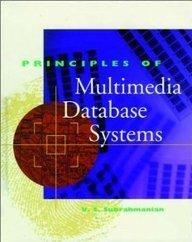Question
Written in C# as a console application, code the following. Create a class called Baker that inherits from the CommissionEmployee class in Figure 11.10 In
Written in C# as a console application, code the following.
Create a class called Baker that inherits from the CommissionEmployee class in Figure 11.10
In your Baker class, Earnings() should calculate the fee earned for a baking job.
Gross sales represent the amount charged to a customer and commission rate represents the % that a particular baker earns.
Baker Earnings is calculated as the skill level base rate + amount charged * commission rate.
Skill level base rate is $500 for an experienced carpenter and $250 for an apprentice.
Your class should contain a constructor that inherits from the CommissionEmployee class and initializes the instance variables.
The Baker class should add an instance variable for the name of the customer where the baking service occurred. Also, add an instance variable to represent skill level. Create a property for them also.
Create a second class that prompts the user for the information for two carpenters, creates the 2 two baker objects, then displays every two carpenters.
One baker should be experienced and one should be an apprentice.



Step by Step Solution
There are 3 Steps involved in it
Step: 1

Get Instant Access to Expert-Tailored Solutions
See step-by-step solutions with expert insights and AI powered tools for academic success
Step: 2

Step: 3

Ace Your Homework with AI
Get the answers you need in no time with our AI-driven, step-by-step assistance
Get Started


